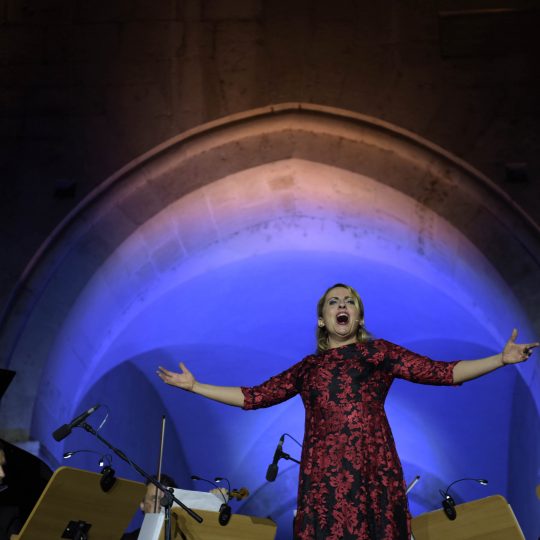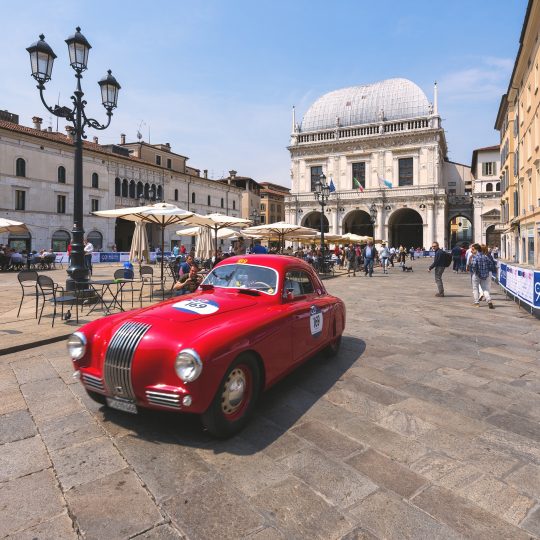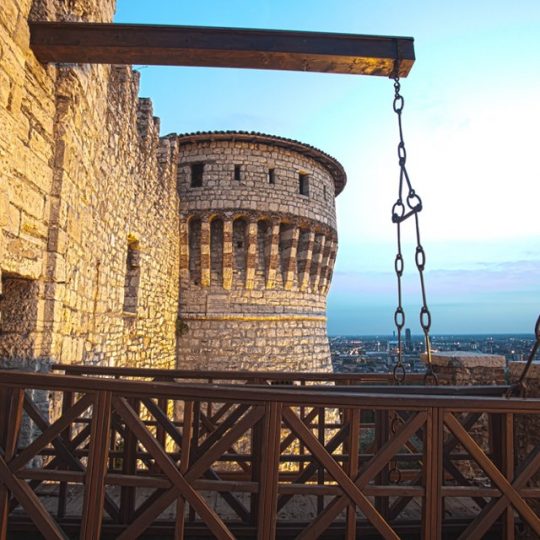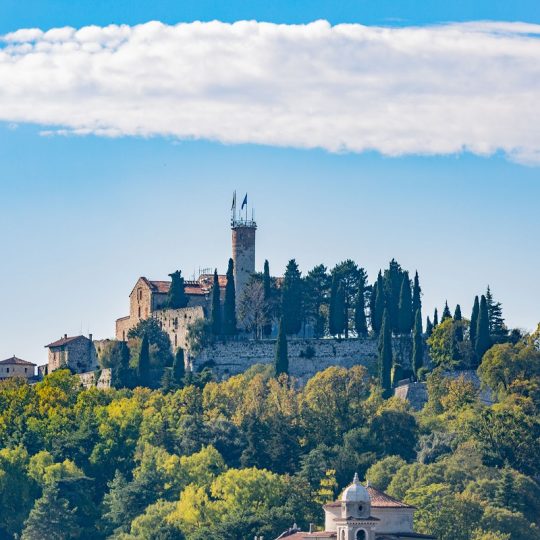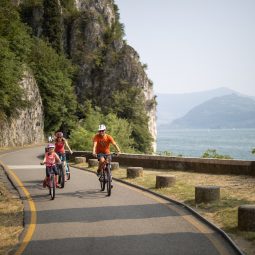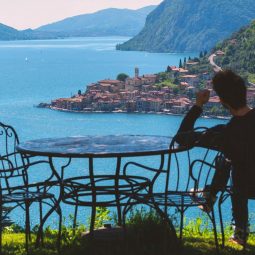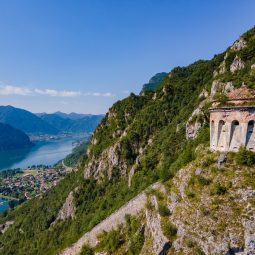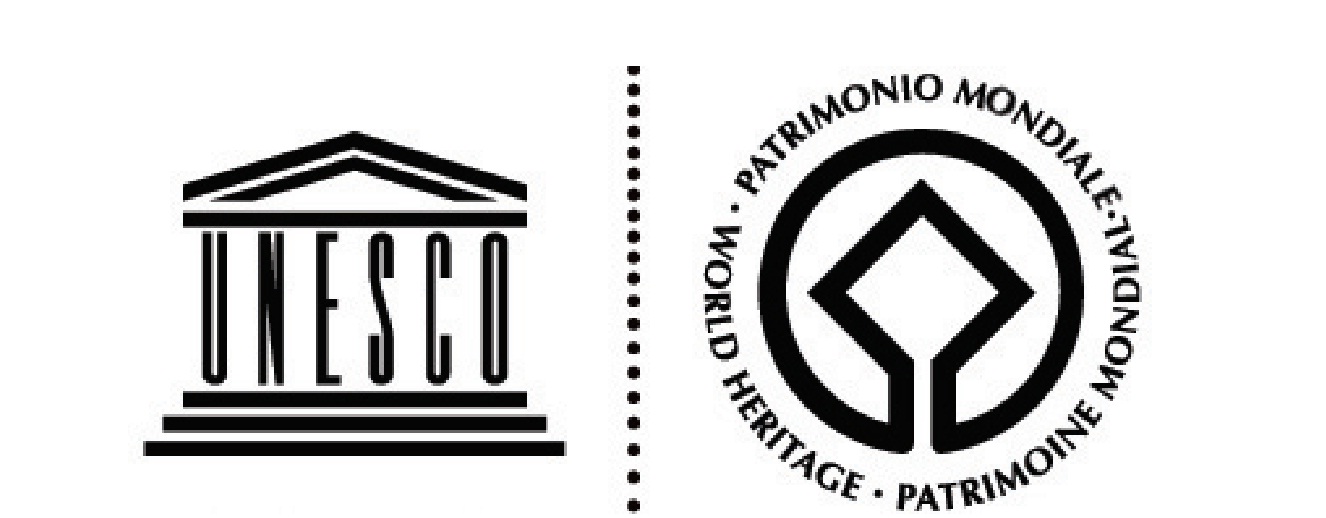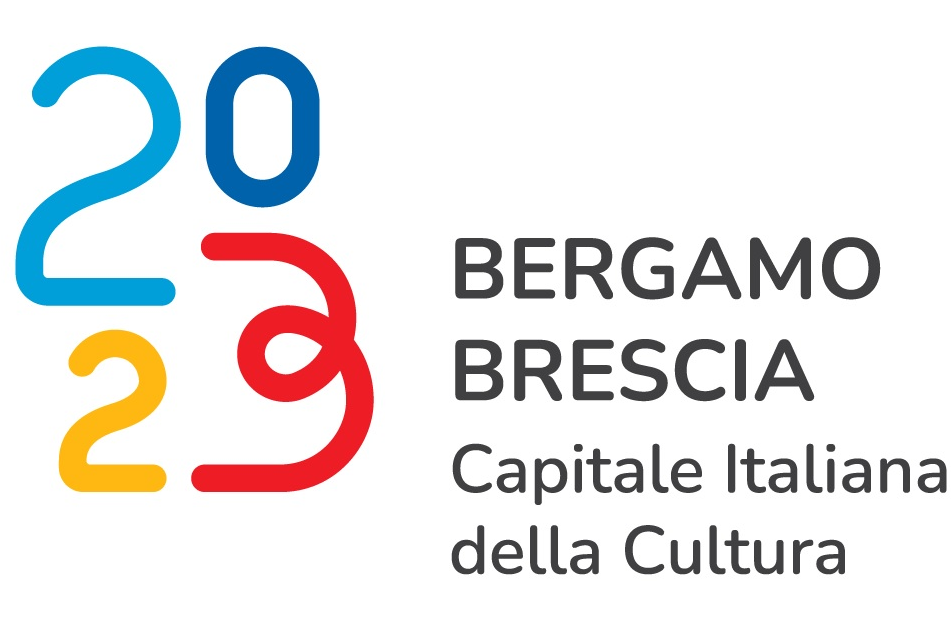A multi-faceted land rich in history, traditions, and world-renowned excellencies: welcome to Brescia!
From the precious rock engravings in Camonica Valley to the archaeological area in the heart of old Brescia, until the most recent recognition awarded to transhumance. Discover with us Brescia’s sites and heritage protected by UNESCO.
1. Camonica Valley Rock Art
First Italian site recognized by UNESCO in 1979 with the title “Rock Art in Camonica Valley” (UNESCO site no. 94), Camonica Valley boasts as many as 8 rock engraving parks listed as a World Heritage site!
One of the most popular destinations are Naquane Park in Capo di Ponte, the first Italian archaeological park and first Camonica Valley park, created in 1955.
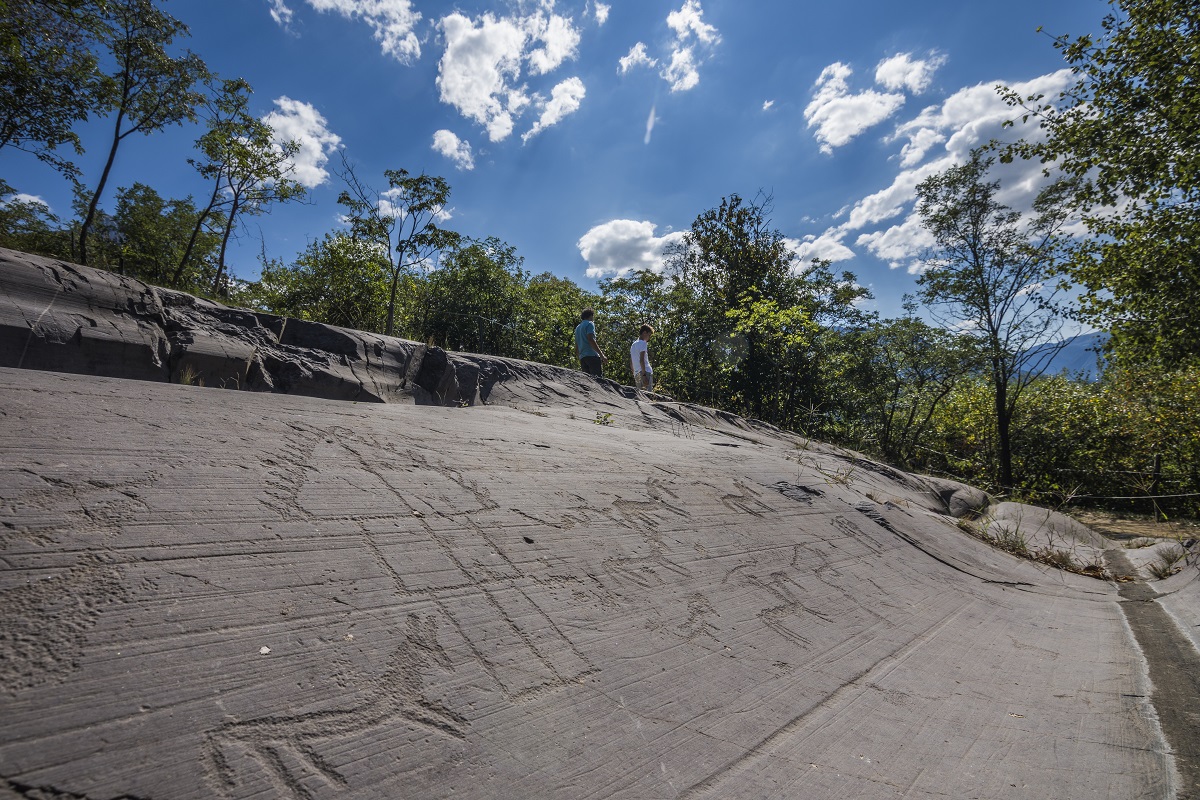
Stretching for 14 hectares and containing some of the most precious examples of rock art, Naquane is a reference point for the UNESCO site spread over the entire valley and displaying an incredible variety of engravings made mostly between Upper Paleolithic (about 10,000 years ago) and the end of the first Millenium B.C.
The park contains 104 sandstone rocks smoothed by glaciers, where some of the most iconic images of rock art are visible: farming, hunting, duels, and hut scenes mixed with geometric shapes and symbols in a fascinating world that tells us a lot about our ancestors.
After visiting the park, you can continue your exploration in the historic centre of Capo di Ponte. Here, you will find MUPRE, the National Museum of Prehistory in Camonica Valley which displays steles, boulders, and everyday objects to complement the immense collection of rock engravings.
Learn more about UNESCO sites in Camonica Valley.
2. San Salvatore – Santa Giulia Complex and Brixia Roman Brescia Archeological Park
Let’s now enjoy a stop in the city. You will be mesmerised by the monastery of San Salvatore – Santa Giulia and Roman Brescia Archaeological Park, listed as a UNESCO Heritage Site on 25th June 2011 as part of the serial site “Lombards in Italy. Places of Power (568-774 A.D.)”.
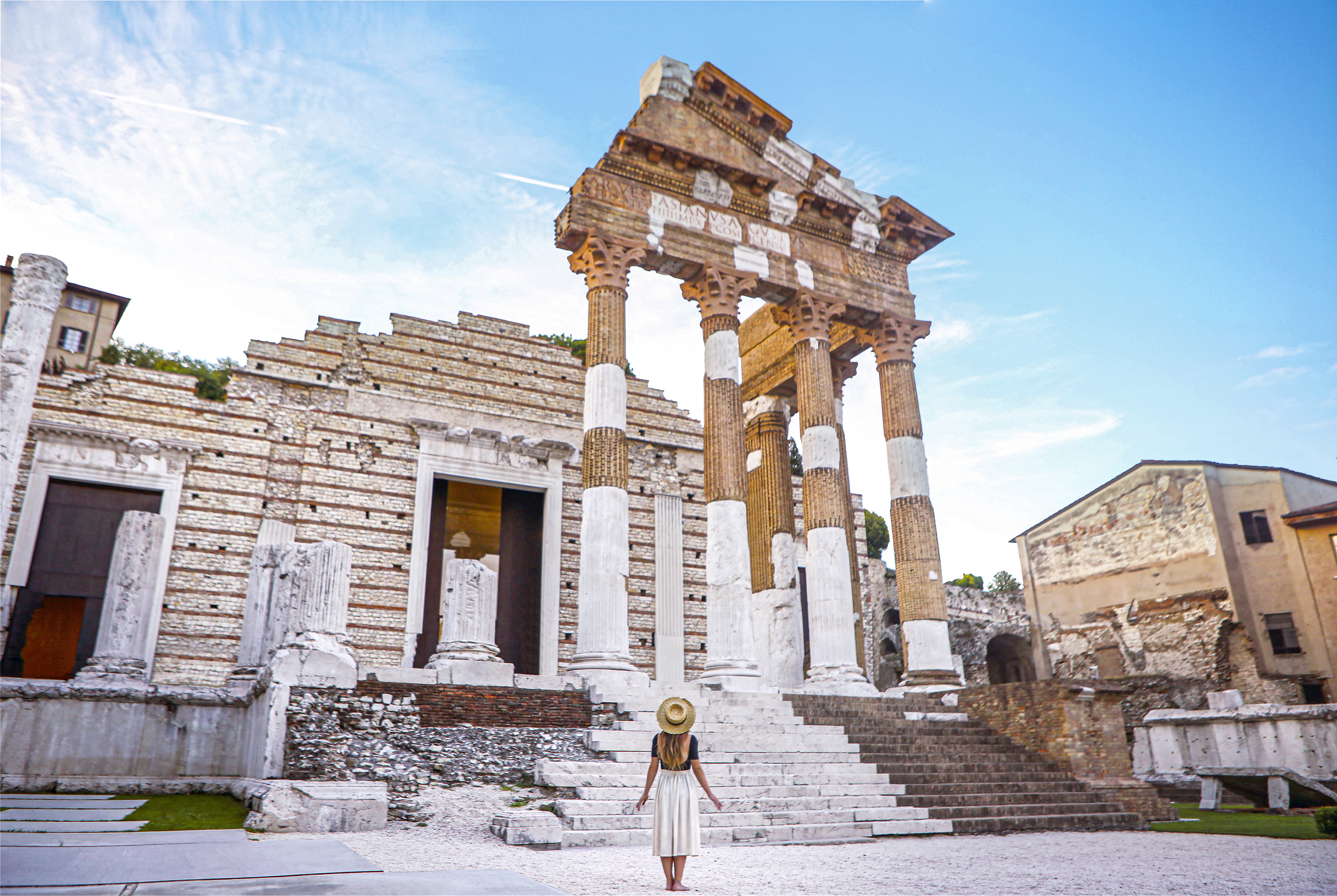
The monastery complex was modified over the centuries and is a combination of different styles. This valuable monument includes the Santa Giulia Museum with its permanent collections and temporary exhibitions, the Lombard basilica of San Salvatore with the crypt, the Nun’s Choir, and the 16th century church of S. Maria in Solario. Inside the Santa Giulia Museum there are remains of old Roman villas (called domus).
In the nearby Roman Brescia Archaeological Park, located along Via Musei near Piazza del Foro, one of the oldest squares in Brescia, you can admire the Capitoline Temple (73 A.D.) with the new display of the Winged Victory and the Roman Theatre.
In addition to Brescia, the UNESCO serial site includes six other Italian locations. Learn more about the UNESCO site in Brescia.
3. Prehistoric Pile Dwellings around the Alps
This serial site includes 111 dwellings scattered around France, Switzerland, Italy, Austria, Germany, and Slovenia. The listing promotes the remains of pile dwelling villages built between 5,000 and 500 b.C.
Because they were built on water-saturated soil, for example by a lake shore or along rivers, the structural wooden elements were preserved, alongside food remains, wooden utensils, and even fabric. These artifacts are now used to investigate the oldest agricultural civilisations in Europe.
Of the 19 Italian sites, several are in the Brescia area situated between the shores of Lake Garda and the surrounding morainic hills: Lavagnone (between Desenzano and Lonato), Lucone di Polpenazze, and the submerged dwelling of San Sivino – Manerba del Garda.
4. Valle Camonica – Alto Sebino Biosphere Reserve
Designated on 26th July 2018, “Valle Camonica – Alto Sebino” Biosphere Reserve protects an environmental system of incomparable value stretching from Lake Iseo to Tonale Pass and the Adamello glaciers.
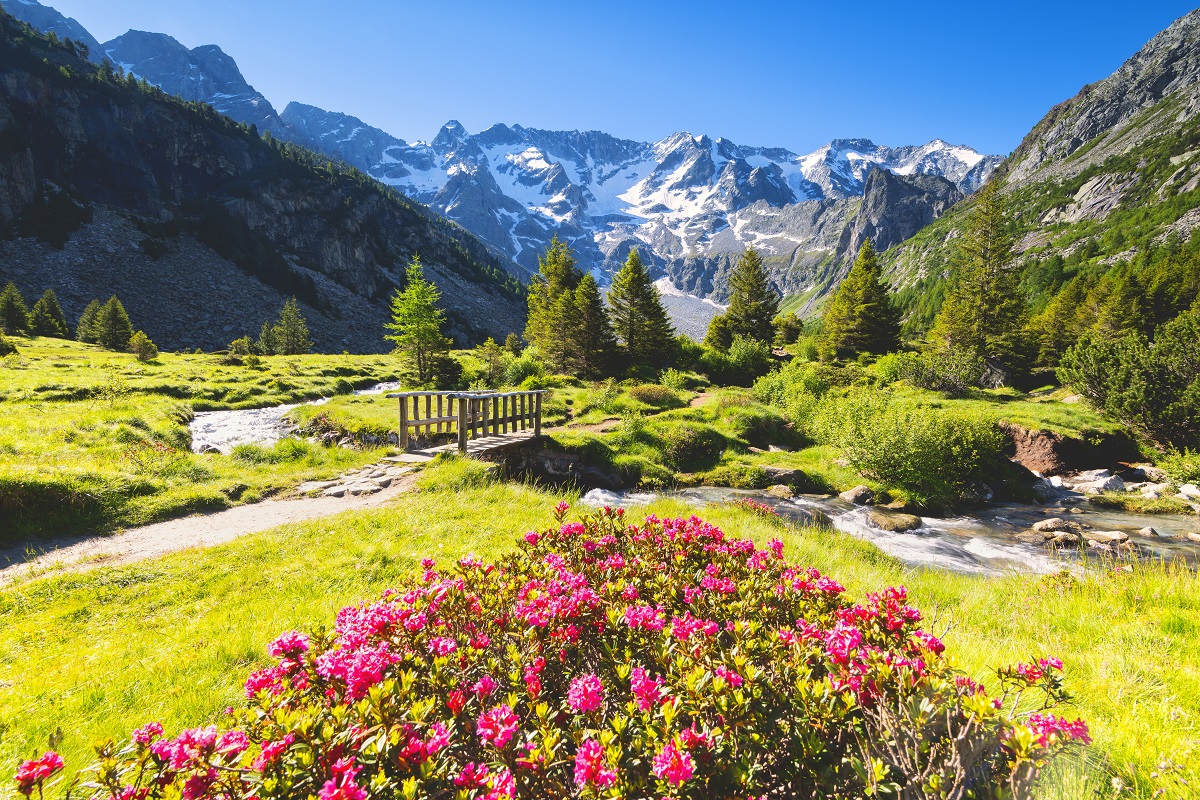
It’s a one-of-a-kind system with landscapes, natural highlights, biodiversity, historic and cultural elements, art, craftsmanship, and identifying symbols encompassing 1,360 sq km and 45 municipalities along the Oglio river.
5. Brescia is more and more UNESCO: Transhumance
An uncommon event which attracts children and adults alike, transhumance is the ancient practice of seasonal migration of animals to the pasture. Sheep and cattle move with their shepherds and dogs in the spring to reach the high mountain peaks and in the fall to go back to their sheds, passing through alleys of old villages and meadows accompanied by the sound of their bells and the click of cameras taking a souvenir picture.
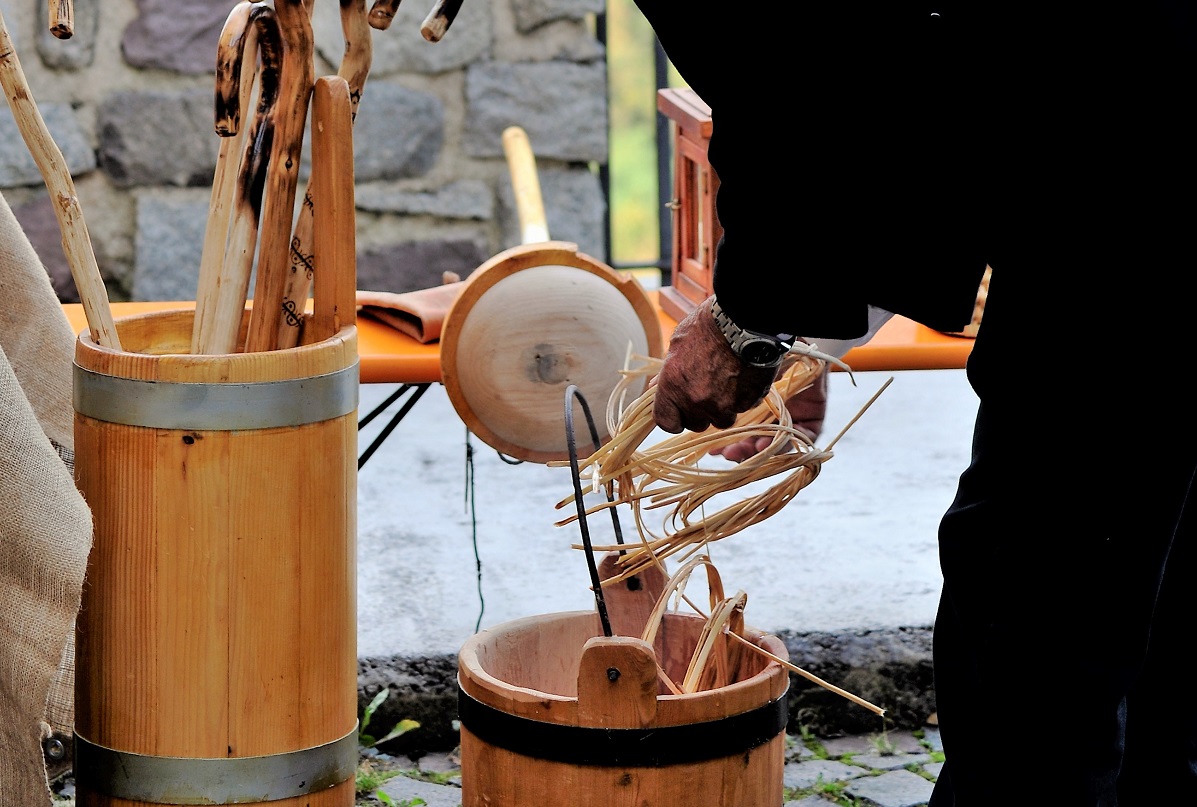
On 11th December 2019, Transhumance was included in the UNESCO Intangible Cultural Heritage list, a tribute to this ritual which is still widely practiced in Brescia’s valleys.
From Bagolino, which every year in October organises a big festival to celebrate the passage of sheep, cattle, and goats, and the other villages in Sabbia Valley – Vobarno, Treviso Bresciano, Pertica Alta, Preseglie, Pertica Bassa, Bione, Agnosine and Mura – to upper Lake Garda, in particular Tremosine, up to the towns in Camonica Valley like Borno, Edolo, Esine, Monno, and Corteno Golgi: transhumance still retains its charming and evocative character.
